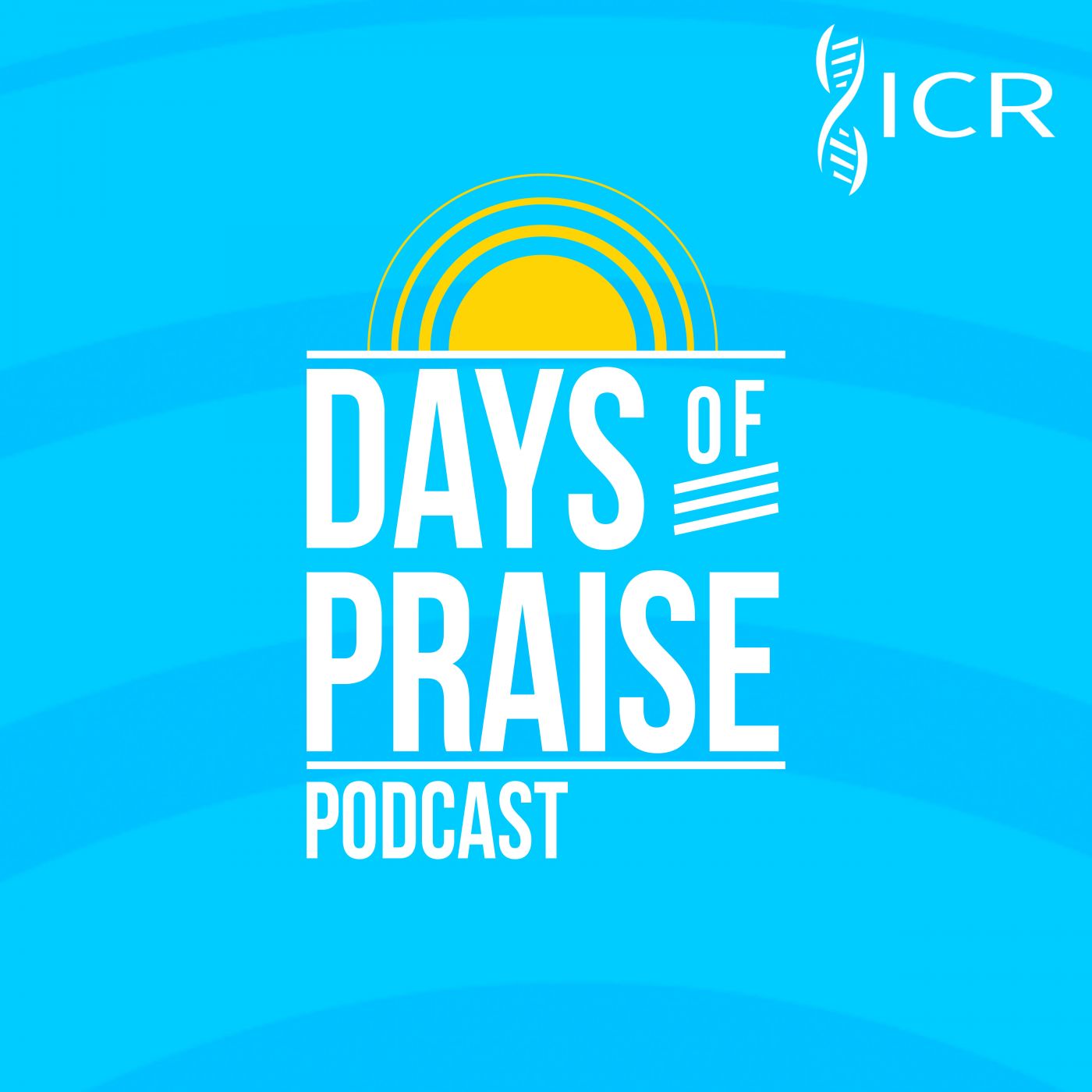“Woe unto them!...trees whose fruit withereth, without fruit, twice dead, plucked up by the roots.” (Jude 1:11-12)
Many illustrations in Scripture compare the responsibility of trees to bear fruit and the responsibility of Christians to produce righteousness. The reason for the frequent comparisons is that “a good tree bringeth not forth corrupt fruit; neither doth a corrupt tree bring forth good fruit” (Luke 6:43). It is easy to tell what kind a tree is because “every tree is known by his own fruit. For of thorns men do not gather figs, nor of a bramble bush gather they grapes” (Luke 6:44).
Jude is making the point, however, that there are “trees” planted amidst the orchard of God’s kingdom churches that have withering “fruit” or have already been rooted up as worthless, fruitless, and twice-dead. These trees have absolutely no place among the healthy trees. At best they scar and mar the beauty of the orchard, and at worst they spread their decay and rot throughout it.
Another very important point is that trees that have withered or cannot produce good fruit are not salvageable. All of nature demonstrates and reinforces the eternal principle that “every good tree bringeth forth good fruit; but a corrupt tree bringeth forth evil fruit” (Matthew 7:17). Such dead, fruitless trees are to be “hewn down, and cast into the fire” (Matthew 3:10).
The common thread in all of these several pictures by Jude is the damage that can be done by ungodly “tares” among the wheat (Matthew 13:24-30), fig trees that should be providing nourishment but do not (Luke 13:6-9), and plants that are choked by “cares of this world, and the deceitfulness of riches” (Mark 4:19). All of these can spread the “leaven” through the whole “lump” and undermine the work of God (Galatians 5:9). HMM III

Days of Praise Podcast is a podcast based on the Institute for Creation Research quarterly print devotional, Days of Praise. Start your day with devotional readings written by Dr. Henry Morris, Dr. Henry Morris III, Dr. John Morris, and others to strengthen and encourage you in your Christian faith.

























